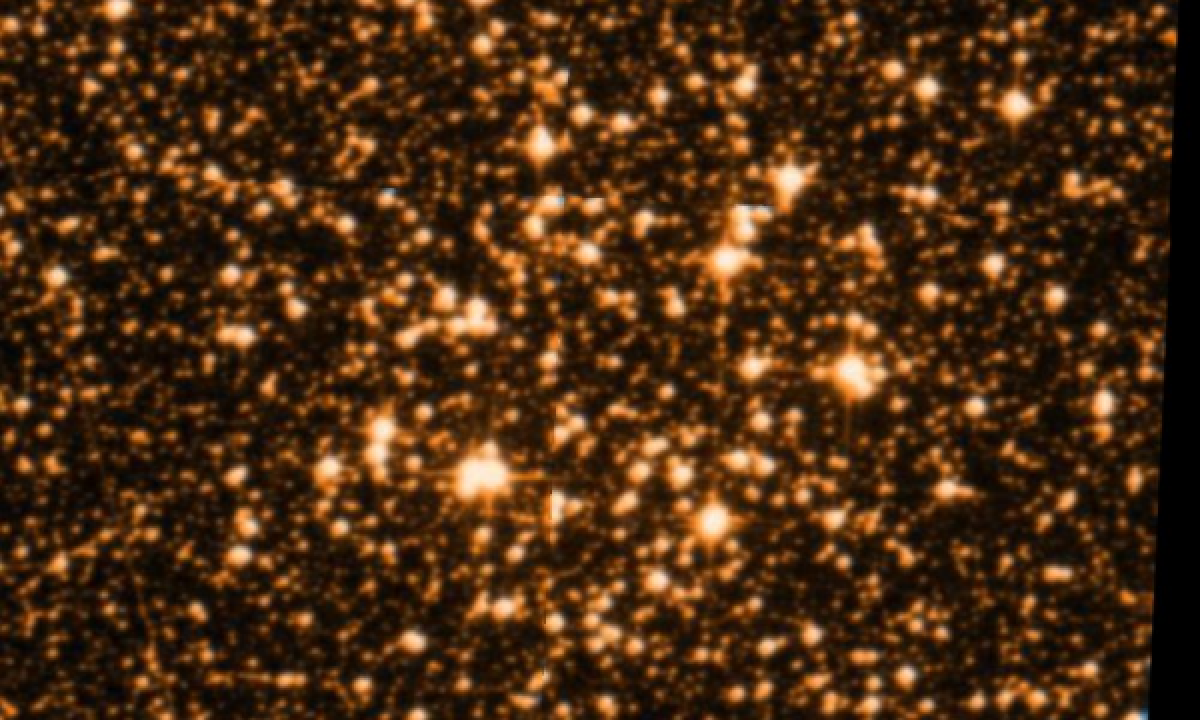The New General Catalogue of Nebulae and Clusters of Stars (abbreviated as NGC) is a catalogue of deep-sky objects compiled by John Louis Emil Dreyer in 1888. The NGC contains 7,840 objects, known as the NGC objects. It is one of the largest comprehensive catalogues, as it includes all types of deep space objects, including galaxies, star clusters, emission nebulae and absorption nebulae.
Know more about NGC
NGC 6067

NGC 6067 is an open cluster in the constellation Norma. It is located to the north of Kappa Normae, with an angular diameter of 12′. Visible to the naked eye in dark skies, it is best observed with binoculars or a small telescope, and a 12-inch aperture telescope will reveal about 250 stars. Discovered by James Dunlop in 1826, it has been described by John Herschel as "a most superbly rich and large cluster" and by Stephen James O'Meara as "one of the sky's most stunning open star clusters". Its brightest stars have an apparent magnitude of around 8. There are 84 member stars with an apparent magnitude brighter than 12. NGC 6067 is located in the Norma Star Cloud in the Norma Arm of the Milky Way and is 15 to 20 times as rich as the Pleiades and about the same age. It is thought to be around 102 million years old, and contain 893 solar masses. Two Cepheid variables, QZ Normae and V340 Normae, have been identified as members of the cluster, while a third nearby Cepheid—GU Normae—is considerably closer. Its period is only 3.5 days compared with the longer period of V340 Normae, indicating it is intrinsically less luminous (and hence closer), and its age has been estimated at 134 million years and hence too old to belong to the cluster. V340 Normae is a yellow supergiant of spectral type G0Ib that varies between magnitudes 8.26 and 8.60 over 11.28 days, while the fainter QZ Normae varies between magnitudes 8.71 and 9.03 over 3.79 days. It is also home to one of only a few planetary nebulae associated with galactic clusters (open or globular). The cluster, named BMP J1613-5406, originated from a progenitor star that is notably massive.
More Images:

Sources:
Wikipedia Page: NGC 6067
NGC 6067 at In-The-Sky website
